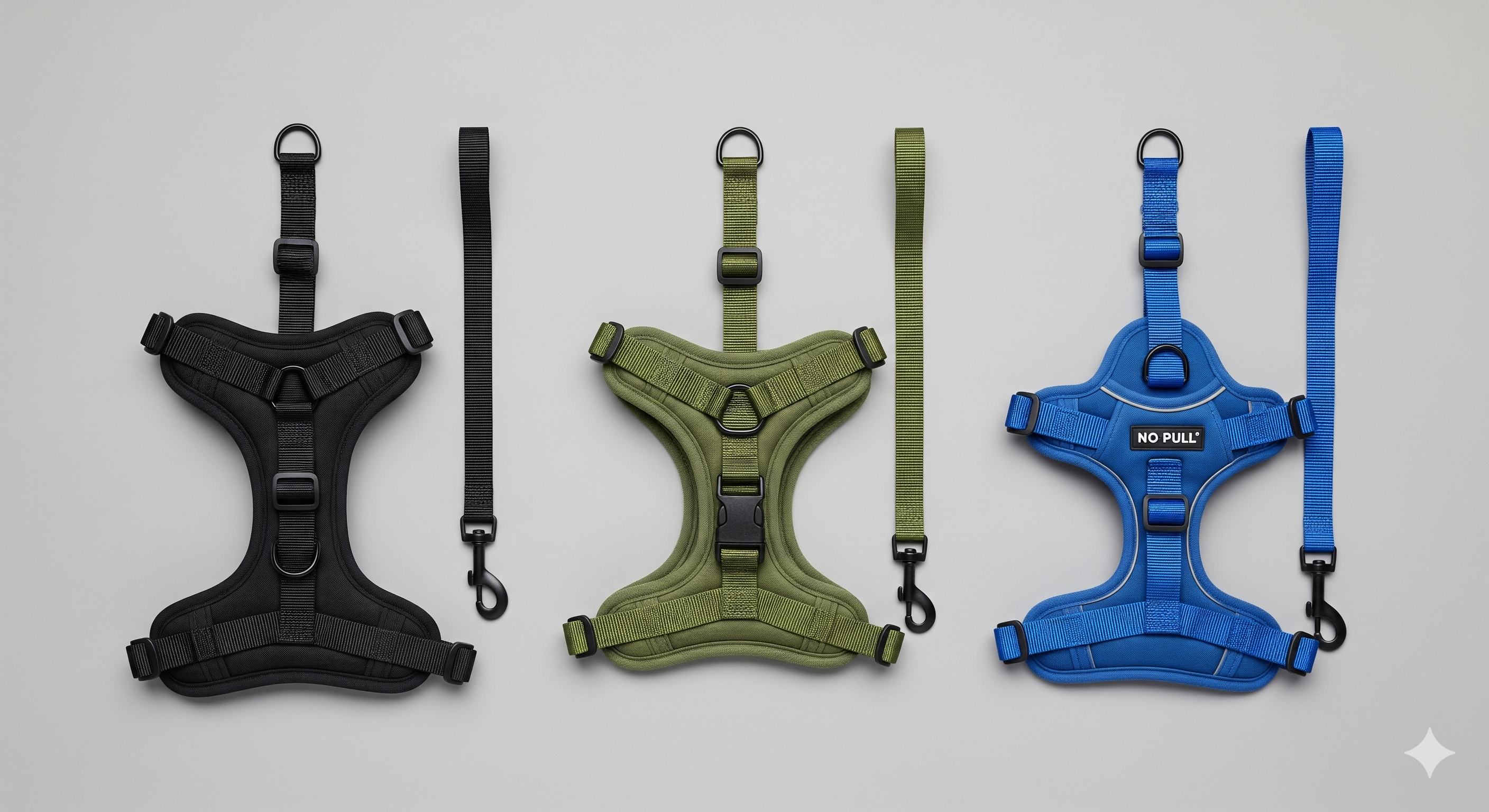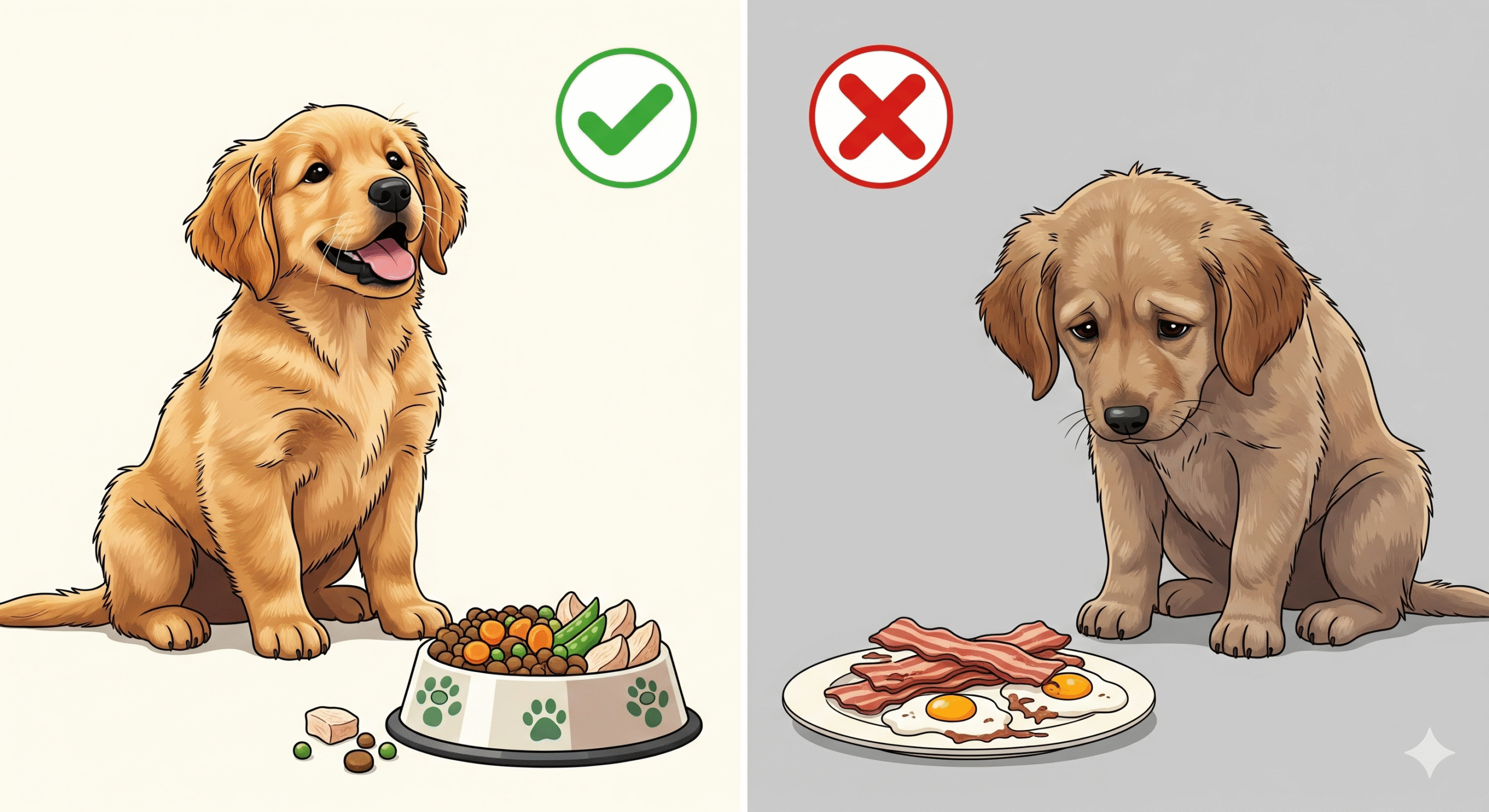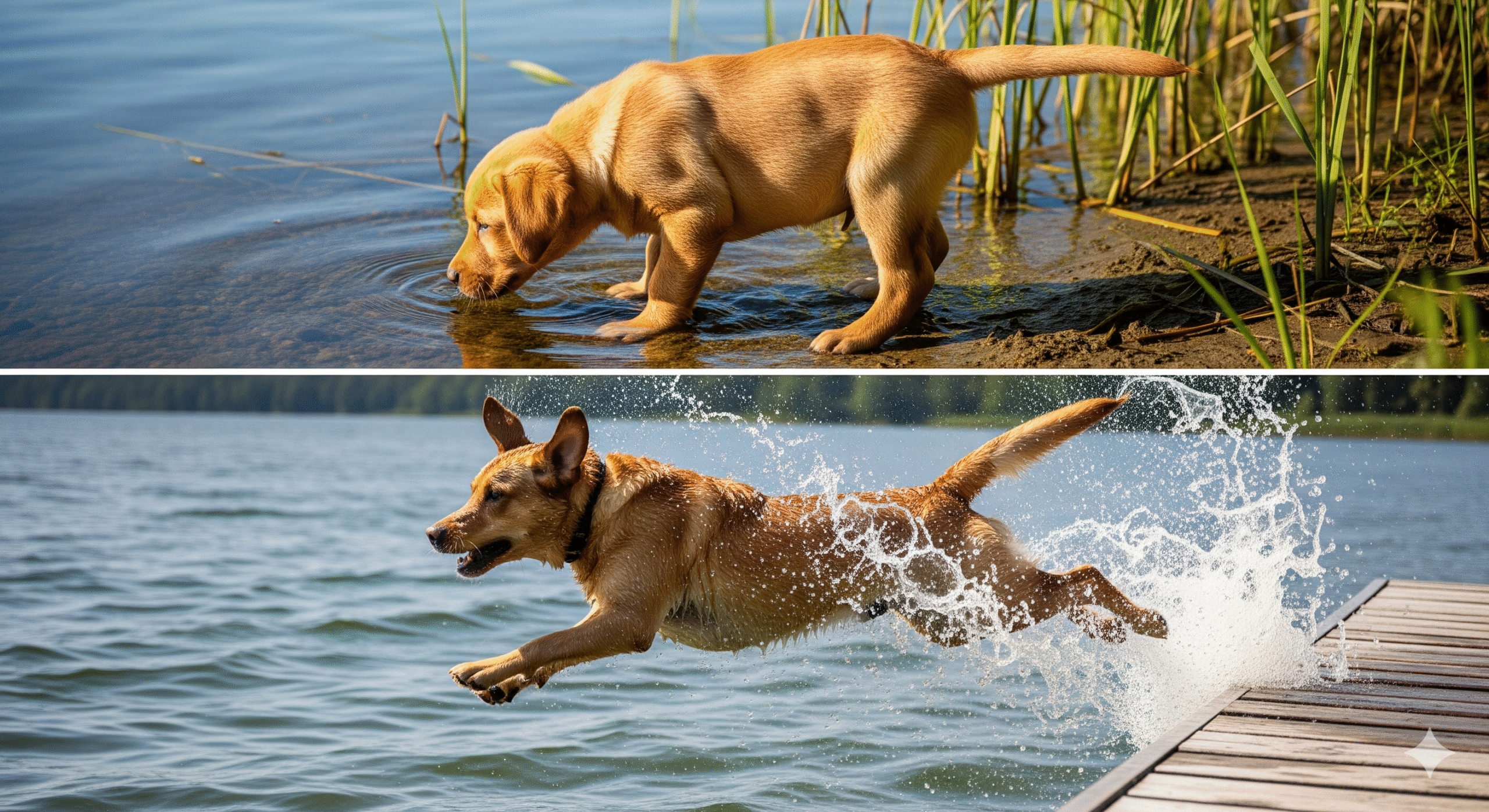Choosing your puppy’s first harness is a bigger decision than you might think. A collar might seem simpler, but a well-designed best puppy harness is the superior choice for safety, control, and effective training. The right harness can prevent injuries, stop pulling before it becomes a habit, and make walks a joy for both of you. The wrong one can cause chafing, encourage bad habits, and create a negative association with the leash.
This comprehensive guide will walk you through:
✔️ Why a harness beats a collar for puppy safety
✔️ The 3 main types of harnesses and who they’re for
✔️ Detailed reviews of our top 5 harness picks for 2024
✔️ How to properly fit a harness for maximum comfort
✔️ Training tips to use your harness effectively
Let’s find the perfect harness to set your puppy up for a lifetime of happy, well-behaved walks.
Why a Harness is Essential for Puppy Safety & Training 🛡️
Puppies have delicate necks. Their tracheas (windpipes) are soft and easily damaged by the pressure from a collar, especially if they are prone to pulling or lunging. This can lead to a condition called collapsed trachea.
A best puppy harness distributes pressure safely across the sturdy chest and rib cage, protecting their throat and giving you better control without causing harm. It’s also a crucial tool for teaching loose-leash walking from day one.
The 3 Main Types of Puppy Harnesses 🔧
Understanding these styles is key to making the right choice.
1. Step-In Harnesses 🚶♂️
- How it Works: The puppy steps into two leg holes and you clip the harness together on their back.
- Best For: Small breeds, puppies who dislike things going over their head, and general everyday walks.
- Pros: Easy to put on, often very comfortable, good for basic control.
- Cons: Can sometimes twist if not fitted perfectly, not the best for extreme pullers.
2. Overhead Harnesses 🦺
- How it Works: You slip the harness over the puppy’s head and then fasten a strap around their belly.
- Best For: Most puppies! They are secure, widely available, and often more difficult to escape from.
- Pros: Secure fit, less likely to twist, great all-around option.
- Cons: Some puppies are head-shy and may resist putting it on.
3. No-Pull Harnesses (Front-Clip) 🚫
- How it Works: Features a leash attachment ring on the front of the chest, not the back. When the puppy pulls, the gentle pressure guides them to turn back towards you.
- Best For: Training! This is the #1 choice for teaching polite leash manners and curbing pulling.
- Pros: Highly effective training tool, provides excellent control, reduces pulling instantly.
- Cons: Can be bulkier, may require an adjustment period.
Top 5 Best Puppy Harness Picks for 2024 🏆
Based on safety, adjustability, comfort, and training effectiveness, here are our top recommendations.
1. Kurgo Journey Air Harness 🥇
- Type: Overhead with a front-clip option
- Best For: The Ultimate All-Rounder & Training
- Why We Love It: This harness does it all. It has both a back clip for casual walks and a front clip for training. It’s made of a lightweight, breathable mesh that’s perfect for growing puppies, and it has five adjustment points for a perfect, secure fit. It also includes a seatbelt loop for safe car travel.
- Ideal For: All breeds and sizes; especially good for owners who want one harness for all purposes.
2. Puppia Soft Vest Harness 🥈
- Type: Overhead
- Best For: Small & Toy Breed Puppies
- Why We Love It: Made from a super-soft, breathable mesh, this harness is like a comfortable sweater for tiny pups. It’s lightweight and won’t mat their fur. The quick-snap buckle makes it easy to get on and off.
- Ideal For: Chihuahuas, Yorkies, Maltese, Pomeranians, and other small breeds.
3. Ruffwear Front Range Harness 🥉
- Type: Overhead with two clips (front and back)
- Best For: Adventurous & Growing Puppies
- Why We Love It: A durable yet comfortable option from a trusted outdoor brand. The padded chest and belly panels provide extra comfort for longer walks and hikes. The two leash attachment points offer versatility for training and exploration.
- Ideal For: Medium to large breed puppies who love the outdoors.
4. Rabbitgoo No-Pull Harness
- Type: No-Pull (Front-Clip)
- Best For: Strong-Willed Pullers
- Why We Love It: This is a workhorse for training. The front clip is incredibly effective at discouraging pulling. It has four adjustment points for a custom fit and reflective strips for nighttime safety. It offers great value for its price.
- Ideal For: Labrador, Shepherd, and Retriever puppies who are already showing a tendency to pull.
5. Blue-9 Balance Harness
- Type: Unique Overhead Design
- Best For: Puppies with Unique Body Shapes & Sensitivity
- Why We Love It: This harness is a favorite among trainers and behaviorists for its unique design that avoids putting pressure on the shoulders and throat. It is fully customizable with six points of adjustment, making it perfect for awkwardly-proportioned breeds like Bulldogs, Greyhounds, and Dachshunds.
- Ideal For: Breeders, trainers, and owners of puppies who need a truly precision fit.
How to Properly Fit Your Puppy’s Harness: A Step-by-Step Guide 📏
A poorly fitted harness can be worse than a collar. Follow these steps:
- Measure Your Puppy: Use a soft tape measure.
- Neck Girth: Around the widest part of the neck.
- Chest Girth: Around the deepest part of the rib cage, just behind the front legs.
- Check the Fit:
- You should be able to fit two fingers snugly between the harness straps and your puppy’s body.
- The harness should not be so loose that it can shift side-to-side easily.
- Ensure no straps are rubbing under the armpits.
- Do the “Test Run”: Let your puppy wear the harness indoors for short, positive sessions with treats before going for a walk.
Using the Harness for Effective Training 🎓<
Your harness is your best training tool. Pair the front-clip attachment with positive reinforcement. When your puppy pulls, simply stop walking. The front clip will gently turn them back toward you. The moment the leash goes loose, say “Yes!” and reward with a treat. This teaches them that pulling gets them nowhere, but walking nicely gets them rewards and movement.
For a comprehensive guide on establishing all your puppy’s routines, including crucial potty training that works in tandem with walk schedules, check out our <a href=”https://puppycarehq.com/puppy-nighttime-potty-training/” target=”_blank” rel=”noopener”>puppy nighttime potty training</a> guide.
Final Checklist for Choosing Your Harness ✅
Before you buy, make sure your pick has:
☑️ The Right Fit: Adjustable at multiple points.
☑️ Appropriate Style: Step-in for ease, overhead for security, or front-clip for training.
☑️ Comfortable Material: Soft, breathable mesh to prevent chafing.
☑️ Secure Hardware: Sturdy D-rings and robust buckles.
☑️ Reflective Elements: For visibility on early morning or evening walks.

Ready to Build a Lifesaving Skill? This list covered the ‘what,’ but the ‘how’ is crucial for a reliable recall. This command requires more than just casual practice; it needs a structured approach. For our proven, step-by-step training plan that builds focus and consistency, your next step is to read Puppy Recall Training: Reliable Come Command.






